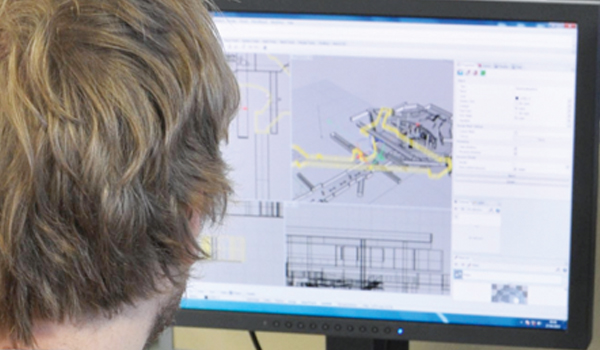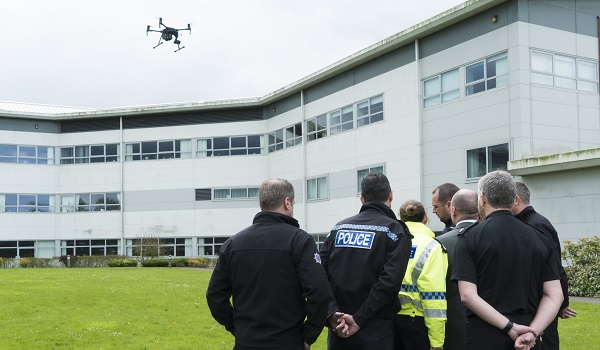Intelligent policing through data analysis
Addressing the Police Federation of England and Wales annual conference in Bournemouth last week, Her Majestys Chief Inspector of Constabulary, Tom Winsor, outlined his view of the future for improved policing strategies in a time of austerity, but as Joanne Taylor explains, the technological capability already exists to deliver on his vision of preventative policing.

Her Majestys Chief Inspector of Constabulary (HMCIC), Tom Winsor, reaffirmed in his speech at the Police Federation Conference that a preventative approach to policing is as central to modern-day policing as when it was first laid out in 1829 by Sir Robert Peel. What has changed, however, is the technological capability available today to deliver preventative policing in ways not previously conceivable.
Mr Winsor does, however, highlight the contradiction that many police officers feel handcuffed by IT when it should in fact be a key enabler to modern policing, as opposed to the hindrance many officers find it to be today.
Here at SAS, were in agreement that a step-change in approach is needed to realise IT as a key to enabling preventative policing in the modern age. This means providing police with better access to data that can lead to actionable intelligence that will free-up time for officers to concentrate on crime-solving, reducing the time spent on administrative tasks and keeping them on the streets where crime-prevention is truly actionable.
How to achieve this is really the key challenge and the answer lies in the wealth of data held within modern-day police forces. From crime reports to intelligence, this data, if analysed and utilised to its full extent, can help police officers achieve a truly preventative approach.
When used effectively, technology can be applied to derive new insights from this data, identifying and recognising activities and behaviours in real-time and giving officers a headstart on the criminals. The next few years will see data utilisation and exploitation increase across law enforcement agencies through the application of analytics and this will drive a step-change in IT as officers experience the benefits of analytics to achieve preventive policing.
Currently, data analysis is confined to the back or middle office, a job for IT and analysts. Police officers interactions with IT is being reduced to form-filling and the limited availability of the data they actually need. Policing of the future needs to push data exploitation to the front line and operationalise analytics. This doesnt mean asking police officers to crunch data but rather feed in real time the information they need, when they need it, where they need it, in the right format.
As Mr Winsor states, information is the oxygen of intelligence it is time for IT to modernise to provide true insight that will provide new intelligence to frontline officers to enable preventative policing.
Her Majestys Chief Inspector of Constabulary (HMCIC), Tom Winsor, told the Police Federation conference that he intended to overhaul patchy and antiquated police IT systems.
Mr Winsor acknowledged that some officers had felt effectively handcuffed by the IT available to them and proposed over the coming months to explore ways to improve the efficiency and effectiveness of current technology.
I believe that if the public knew just how patchy and antiquated it is they would be shocked, Mr Winsor said. I think the interoperability of IT systems is absolutely crucial and it is absolutely astonishing just how little interoperability truly exists.
He cited the Police National Database as a major leap forward but added there was still a long way to go to give officers the modern kit they need.




